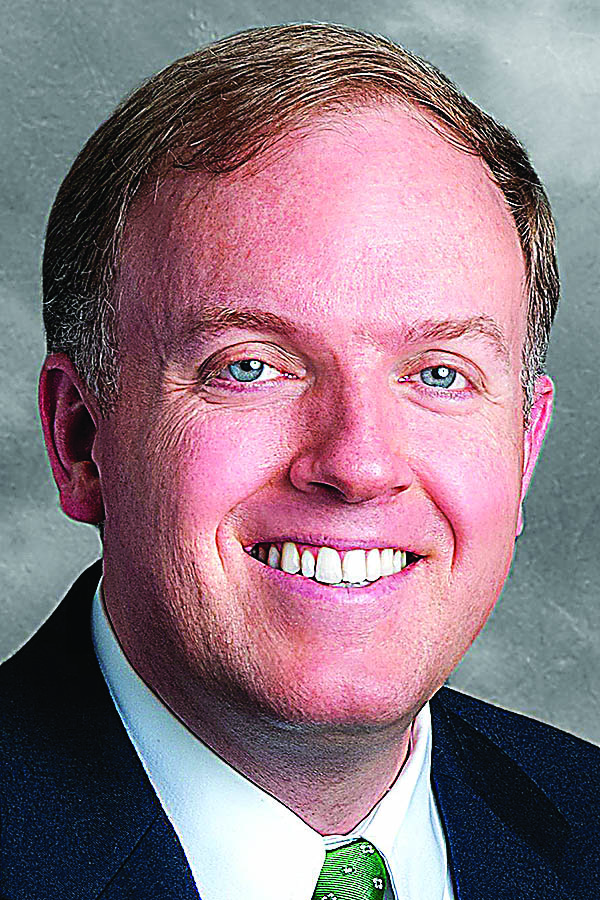OUR OPINION: CPR: Learn what to do
Published 2:53 pm Monday, January 23, 2023

- Damar Hamlin of the Buffalo Bills NFL football team smiles May 12, 2021.
Ten minutes. That’s how long Damar Hamlin of the Buffalo Bills lay unresponsive on the field at Cincinnati’s Paycor Stadium.
Many of us watched in horror and disbelief three weeks ago as paramedics rendered aid to the Buffalo Bills’ star. Doctors who treated Hamlin told reporters on Jan. 5 that both cardiopulmonary resuscitation (CPR) and an automated external defibrillator (AED) had been used to restart his heart and restore a pulse on the field before he was taken to the hospital. Now as a he continues making remarkable recovery at home, Hamlin’s cardiac arrest highlights the vitally important need for CPR training.
Would you know what to do if someone goes into cardiac arrest in your presence?
According to the American Heart Association, more than 350,000 Americans go into cardiac arrest each year, and 90% of those cases occur outside of a hospital, at home, on the job or elsewhere. According to the AHA, if performed immediately, CPR can double or even triple the chance of survival from a cardiac arrest outside the hospital. That’s where we can all play a vitally important role in helping save a life by completing a course to learn the lifesaving skills of CPR and first aid.
More than half of people in the U.S. have reported they know how to do CPR, but only 1 in 6 know that the recommended technique for bystander CPR for an adult does not consist of breaths but only chest compressions, according to a 2018 survey from Cleveland Clinic.
Signs that someone is experiencing a cardiac arrest include sudden loss of responsiveness and no normal breathing. If a person is not breathing, CPR can keep the heart pumping and blood flowing to his or her organs until an electrical shock from a defibrillator is available to restore the heartbeat, per the American Heart Association.
Southern Regional Technical College is an AHA-authorized training center. A HeartSaver CPR class is scheduled for 9 a.m. Feb. 11 and a Basic Lifesaver class for healthcare providers is scheduled for 9 a.m. Feb. 15, both in Moultrie. If you are interested, email Keyondra Harris, SRTC’s director for economic development in Moultrie, at kharris@southernregional.edu or call her at (229) 217-4257.
The American Red Cross does not offer in-person classes here but does at its regional site in Valdosta. Three are planned there in February and two more in March. Visit https://www.redcross.org/, scroll over “Training and Certification” to bring up a menu then click on “CPR.” A new page will come up where you can search for classes in Valdosta. The search results include links to sign up for each class.
The Red Cross also offers several online CPR courses that can be found the same way.
Public interest in learning lifesaving CPR techniques has spiked since Hamlin’s cardiac arrest, emphasizing that the general public sees the importance of adequate training as well. The American Heart Association said it has seen a 620% increase in page views for its Hands-Only CPR webpages, which has videos and resources on how to administer hands-only CPR, since the news broke of Hamlin’s condition.
Just a few simple steps can potentially save a life. Learn what you can do.





